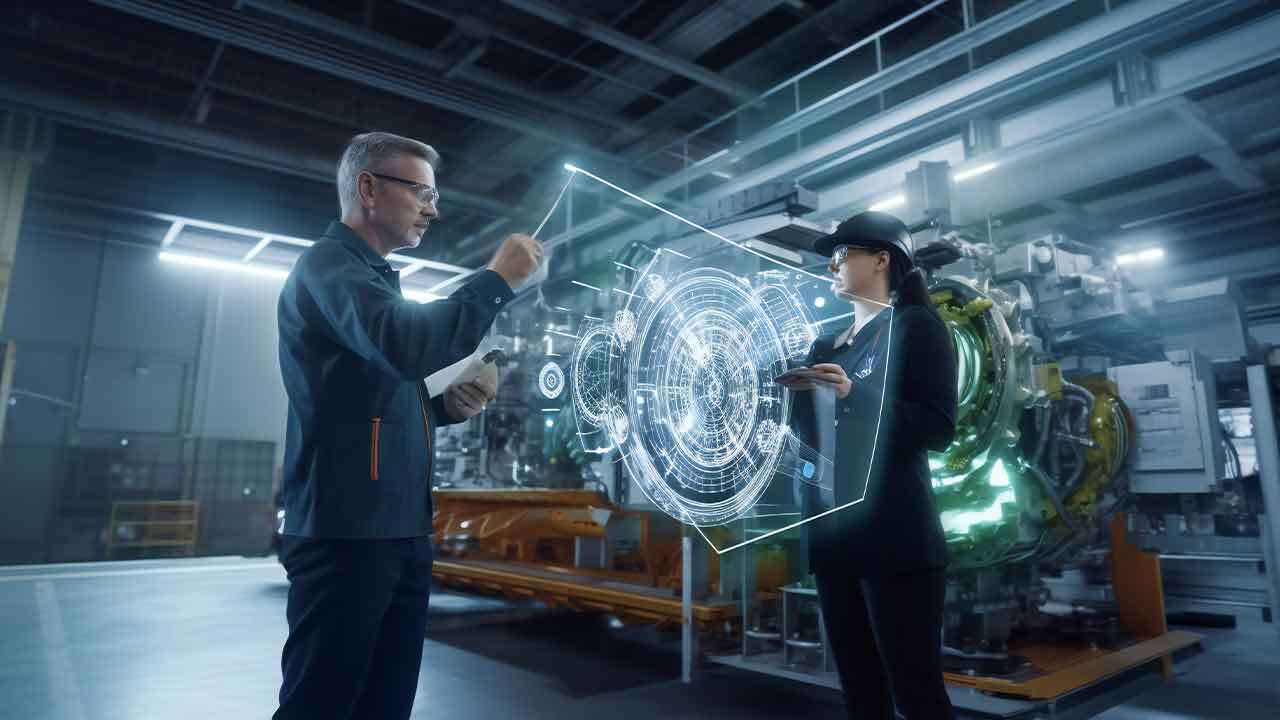Digital Ecosystems: A Data-Driven Approach To Decarbonizing Supply Chains | SPONSORED
Sustainability is among the top concerns of industry leaders nowadays, who already work vigorously to implement sweeping measures to decarbonize their operations and boost energy efficiency.
However, because up to 90% of a product’s emissions occur directly in the company’s supply chain rather than in its own operations, the focus on sustainability is shifting from individual factories to the entire value chain.
Many large corporations are already committing voluntarily to the decarbonization of their supply chains, under such guidelines as the Science Based Target initiative (SBTi), and they need sufficient and reliable data to manage this transition efficiently.
Consumers, investors, and governments are demanding clear labeling from manufacturers about their “green claims.” Carbon offset markets need reliable and transparent information to function and grow. And suppliers must comply with the requirements of customers and regulations and provide trustworthy and transparent insights.
The need for more information about CO2 emissions in the supply chain is enormous. Yet it has been extremely difficult to determine product carbon footprints (PCFs) with the necessary accuracy. Today’s complex global supply chains lack transparency, and there are no worldwide standards for measuring PCFs.
But now, the technological solutions are becoming available through digitalization of the entire product lifecycle, from the concept stage to the last factory gate. For a transition to a climate-neutral, circular economy, manufacturers can now tap these solutions and join forces across supply chains to map their products’ full lifecycles.
“We have to establish open, cross-industry standards to exchange trustworthy and secure PCFs by using technologies such as crypto verification,” says Cedrik Neike, member of the managing board at Siemens AG. “Only then can we act efficiently to reduce emissions in a sustainable way. Supply chain partners need to be open and transparent with each other. In doing so, we can accelerate the move toward net-zero manufacturing.”
In a digital “ecosystem of equals,” manufacturers can gain meaningful insight into what happens in their supply chains, pinpoint trouble spots, and document positive contributions toward decarbonization.
Three Key Supply Chain Trends
To acquire reliable and comparable data to meet the present challenges, companies must embrace three key trends:
• Decentralization—to shift from isolated “islands” of understanding to collaborative ecosystems of shared knowledge and trusted exchange.
• Digitalization—to generate value by using the internet of things to combine human intelligence with technologies such as sensors, data analytics, artificial intelligence, and machine learning.
• Democratization—to give access for collaboration and to form networks that bring diverse stakeholders together to act jointly.
Digital platforms have become essential tools for integrating and benefiting from these three trends. Working on a broad-based collaborative platform can help companies innovate and apply effective strategies. We now have the technology to encourage decarbonization across entire supply chains.
Sharing Carbon-Footprint Data
To master the exciting but immense challenge of driving progress toward a net-zero industrial sector, organizations must find ways to share emission data without disclosing strategic secrets.
Applying its experience from automation technology and industry software, Siemens has initiated an ecosystem-based approach for aggregating and exchanging such climate-relevant information about products. Estainium, an open, cross-industry network, aims to enable manufacturers, suppliers, customers, and partners to exchange trustworthy PCF data. With SiGreen, Siemens’s offering for managing emissions as a gateway to the network, Estainium can help users quantify their own PCFs.
SiGreen’s capabilities empower all parties involved in production to collaborate within one digital ecosystem that helps them securely capture, assess, track, query, and share PCF details. These capabilities provide access to actionable and trustworthy information about where emissions arise within the supply chain, so all parties have reliable data to make the right decisions about abatement measures.
Estainium users exchange PCF data using SiGreen’s low-energy blockchain technology. This distributed-ledger approach ensures sound data protection and makes it possible to create and exchange verifiable credentials and shared information among manufacturers, suppliers, customers, and partners, who each maintain sovereignty over their own data.
- Achieving this quantification at scale requires a significant commitment and an ecosystem-based approach, with three main characteristics:
A distributed architecture with peer-to-peer data exchange using crypto-based trust technologies that allows data sharing on a by-request basis, visible only to the requesting party. - Decentralized storage and aggregation of PCF data that lets local regulators verify that data stores comply with data-sovereignty requirements.
- A common interface and data model for interoperability, using an open-source approach for PCF reporting and based on a semantic data model, to create common standards for exchanging information seamlessly and confidentially between systems and databases.
“We’re on the verge of a data-driven revolution that promises true sustainable value for manufacturing industries,” says Neike. “But for that, we need a baseline for carbon emissions. That’s what the Estainium network is all about. And it’s why we’re establishing a corresponding industry association. Both of these aim to help decarbonize production operations.”
The Benefits of Enhanced Collaboration
Tracking, certifying, and auditing information within such an ecosystem opens the door to a deeper knowledge of complex emission chains. In addition, precisely monitoring data on carbon emissions facilitates the harmonization of disparate standards.
Decision makers and business leaders can use this verifiable data to draft their transformation strategies and to explore new avenues for systematically implementing collaborative and secure measures for achieving a carbon-neutral value chain.
The potential rewards of getting and sharing accurate PCF data are high. In addition to fulfilling sustainability regulations, measures that shrink PCFs can drive growth by improving customer experiences and fostering consumer confidence while bolstering an organization’s green credentials and helping it prepare for regulatory changes.
Most importantly, an improved flow of information can inform our collective understanding of how to reduce carbon footprints throughout the industrial value chain.
Originally this article was published here.
Sponsor content from Siemens as seen on HBR.org



